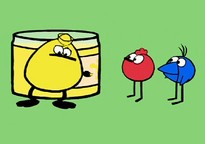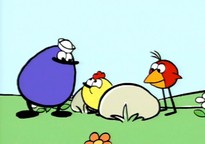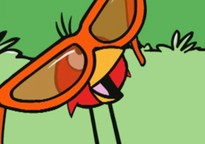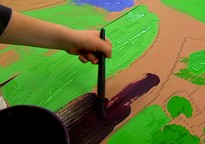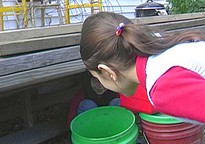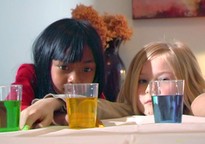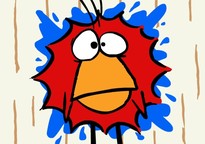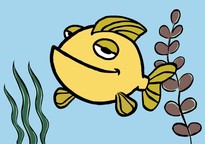Here are the materials needed for all the activities and learning centers in Explore Color. The materials are also listed with each activity.
General
pencil
paper
colored construction paper
clipboard
chart paper
paste, tape, or glue
scissors
colorful recyclable containers
camera
Food Coloring Activities: Many Shades, Mixing Colors
plastic bottles filled with clear water
plastic cups
food coloring (red, blue, yellow)
plastic eye droppers or pipettes (preferably 6 jumbo pipettes available from science supply companies)
baby spoons, small squirt bottles, or basters for younger children
white ice cube trays (if white trays are not available in local stores, they can be ordered online from several retailers)
paint chips (available for free at hardware and paint stores)
optional: clear plastic egg cartons to mix food coloring in and a light table to illuminate the food coloring in the cartons
Painting Activities: Many Shades, Mixing Colors, Exploring Skin Colors, Make a Map, and Paint a Mural
tempera and/or finger paints (red, blue, yellow, white, black)
white paper
paintbrushes
craft sticks
paint chips
multicultural paints and crayons available from Crayola
paper plates
paper towels/coffee filters (optional)
long, rectangular piece of cardboard
newspaper
mural paper
tape
Color Sorting
crayons
small building blocks
paint chips
buttons
small toys and colorful objects
objects children can collect outside: pebbles, leaves, twigs
paper bowls, clear plastic cups, plastic containers, shoe boxes and tops, plastic bags (to hold the sorted objects)
construction paper, paper plates
glue and tape (for gluing/taping objects to paper so they can be displayed)
paper bags
Light and Color Activities: Colors and Light, Colored Light, Colored Lenses, The Color of Bubbles
sheets of colored acetate or plastic color paddles (colored acetate sheets available at local art supply or craft shops, or online; color paddles available at educational supply companies, including kaplanco.com and enasco.com)
clear plastic bottles filled with water (water with food coloring)
food coloring (2-3 colors)
plastic bottles filled with clear water (use bottles with smooth sides)
optional: plastic or glass prisms
clear contact paper
flashlight
dishwashing liquid
commercial bubble solution with wand (one per child)
empty plastic bottles with labels removed (one per pair of children)
Miscellaneous
yarn (or curling ribbon) in bright colors
cotton balls
magazines with colorful photos
a spoonful of ground cinnamon in a plastic bag
a brightly colored safety vest (optional) or a few color images of crossing guards and traffic cops wearing safety vests, downloaded from the Internet
pictures of jewels from the Internet
PEEP coloring pages—print out several copies featuring Peep, Chirp, and Quack.

 Español
Español




